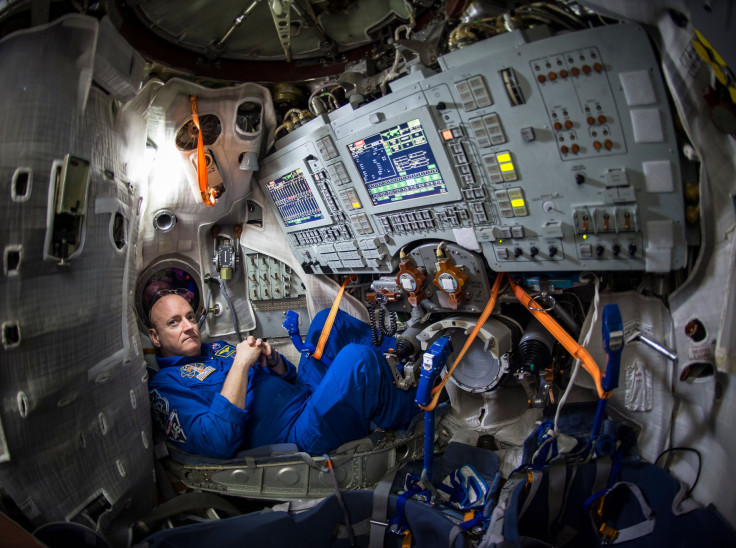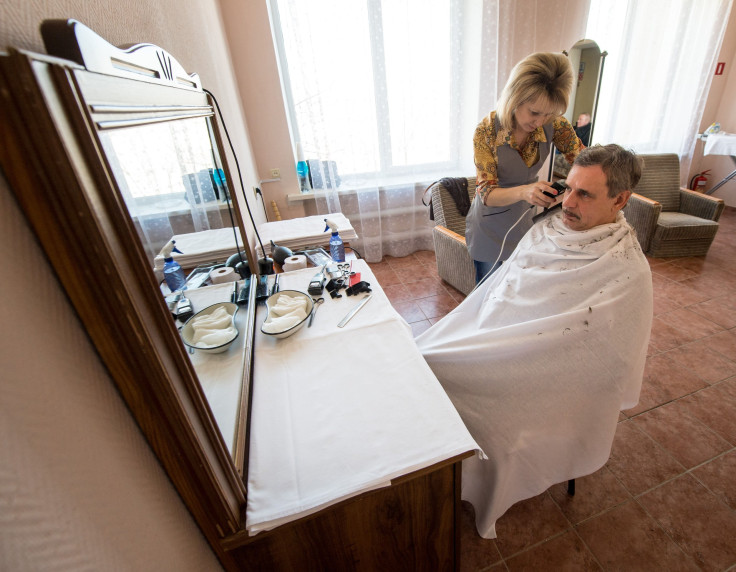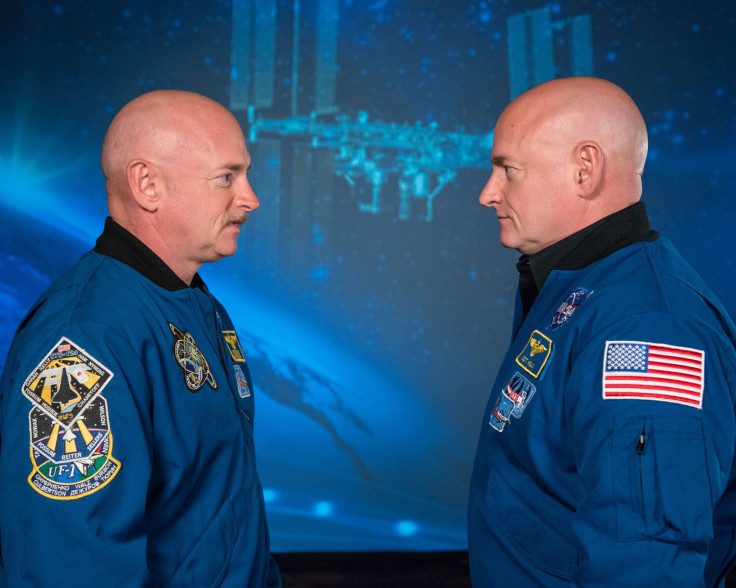'One Year Crew' Ready To Launch To International Space Station: Twins, Science And Deep Space Exploration

NASA astronaut Scott Kelly and cosmonaut Mikhail Kornienko are the One Year Crew and will launch to the International Space Station Friday. The two astronauts will spend a year in space and NASA will use the opportunity to gain new insights on the effects of microgravity on the human body. The crew's mission will pave the way for deep space exploration and the mission to Mars in the 2030s. Adding to the unprecedented nature for NASA, Kelly is a twin and his brother, Mark Kelly, will be a part of the ongoing research.
Kelly and Kornienko were selected for the One Year Mission in 2013. Kelly will be the first NASA astronaut to spend a year in space while Kornienko will be the fifth cosmonaut to accomplish the feat. More than just an endurance test, NASA and Roscosmos have worked together to develop the science investigations that will be carried out aboard the space station. A typical stay aboard the space station lasts around six months and Kelly has flown in two space shuttle missions and spent 159 days aboard the ISS. In total, Kelly has logged 180 days in space while Kornienko has spent 176 days in space. The third member of the crew is Kelly's brother, Mark, a retired astronaut, who will stay on Earth.

"This will be a significantly different experience; being aboard the International Space Station more than twice the duration of my previous flights will not be easy, but I am looking forward to the challenge," Scott Kelly said in a statement. To say this is an important mission for NASA is an understatement, and the space agency is taking full advantage of the opportunity with 10 investigations to study the Kelly twins. "We can study two individuals who have the same genetics, but are in different environments for one year," Craig Kundrot, Ph.D. and deputy chief scientist of NASA’s Human Research Program," said in a statement.
The twin studies will be part of a larger field of science dubbed "-omics" -- everything -- that observes DNA, RNA, proteins, genes and metabolites to determine the effects of spaceflight and microgravity on a molecular level. The twin investigations will observe the effects of space on mental health, the eyes, heart, nose and muscles. Joint investigations by NASA and Roscosmos will explore how the body functions after the mission -- to better understand recovery and the ability to perform tasks in future missions to Mars or the moon -- while other investigations will focus on issues that affect astronauts in space. Sleep and fatigue will be monitored through monitoring devices, a pre-flight MRI, reaction tests and journals.
Vision problems are another well-documented concern for space agencies that will be investigated during the One Year mission. The heart, immune system and general body chemistry will also be investigated. Bone density and muscle loss are well-known problems that will be investigated during the mission. Astronauts aboard the space station spend Fine motor skills will be tested while the overall living conditions will also be monitored. Astronauts train extensively for each mission and another investigation will determine if astronauts will need to be re-trained while in space.

Kelly, Kornienko and cosmonaut Gennady Padalka will launch from the Baikonur Cosmodrome in Kazakhstan Friday at 3:42 p.m. EDT. Padalka will serve a regular six-month mission aboard the space station, but will also achieve a milestone when he returns to Earth. Padalka has spent 710 days in space and will hold the record for the most cumulative time in space currently held by Sergei Krikalev, who has logged 803 days in space.
© Copyright IBTimes 2025. All rights reserved.






















